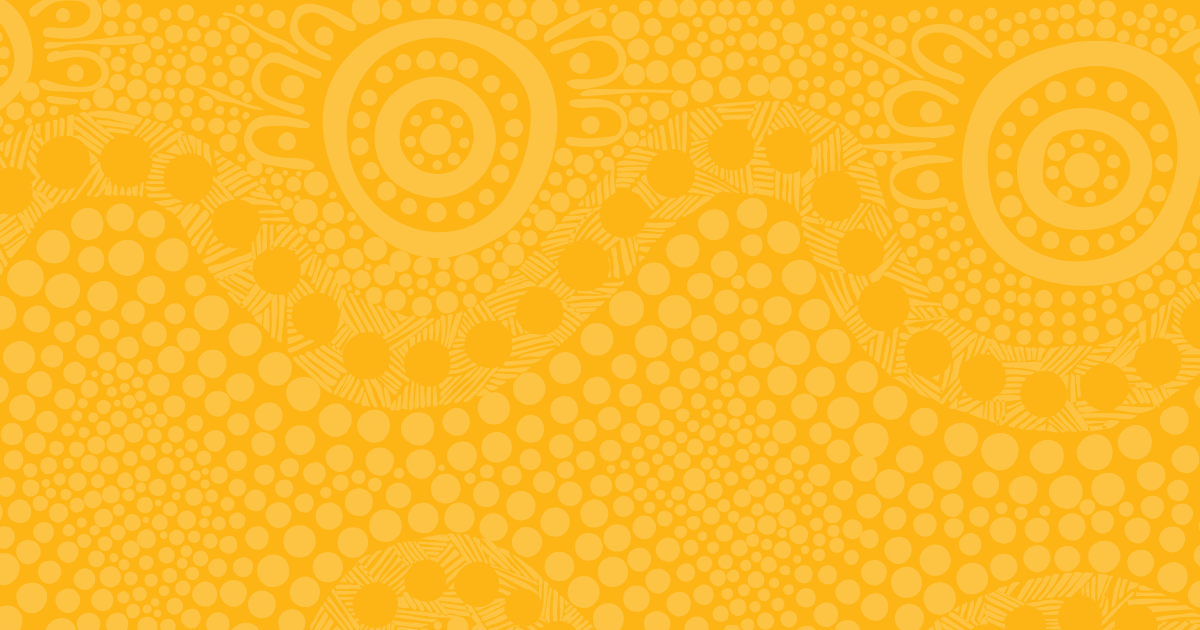We often hear the phrase “Australia’s dark past” in reference to unpleasant aspects of post-colonial history in this country. It includes the deaths of Aboriginal People through disease spread by Europeans; the injuries and deaths caused by conflicts between the expanding colony and the traditional owners; Indigenous incarceration at a rate far higher than their proportion of the population; the theft of wages for forced work and the stealing of children from their families in the pursuit of assimilation.
The conflicts between the European invaders and Traditional Custodians are commonly referred to as the “Frontier Wars”. It is another term used to describe conflict between the European invaders and the traditional owners and conjures a picture of frontiers the world over where territories have been disputed and fought for.
The advanced weaponry of the European invaders usually saw a higher number of fatalities on the Aboriginal side of the conflicts.
Many of these conflicts have now been declared “massacres”. The most heinous of these aren’t adequately described by the term “Frontier War”. They were the massacres that went beyond disputes over property or territory and saw white law enforcers exceed their legal duty and undertake murders of innocent, unarmed Aboriginal People. And while this occurred outside the limits of Australian law, the white perpetrators were rarely brought to justice.
It is hard to imagine now that massacres of Aboriginal families could have been officially sanctioned but that was the case less than a century ago near Coniston in Central Australia.
Coniston was a cattle station in Central Australia. 1928 was a time of severe drought which meant many people - Anmatyerr mob, Kaytetje and Warlpiri - migrated to an area near the cattle property known for water springs (Yaruku and Yurrkuru).
Randall Stafford, a pastoralist, had built Coniston Station and claimed the Yurrkuru spring as part of his land. The drought in 1928 had caused him to sell his cattle and lay off his worker, Fred Brooks. Brooks set up his camp next to Yurrkuru and was the first white man that many of the new arrivals to the soakage had ever seen.
But one of the men who arrived, an Aboriginal man known as Bullfrog, was familiar with white people and keen for some tobacco. He sent his wife, Napurrurla, to the white man’s tent to ask for tobacco. Brooks made her do jobs to earn the tobacco and when she didn’t return it was believed that Bullfrog had lost his promised wife to the white man. He was so angry he went to Brooks’ tent and killed him. He quickly buried the body and fled the area.
After Brooks’ body was found the police in Alice Springs sent mounted Constable George Murray (who was also Protector of Aborigines) to Coniston Station. He had orders to find who murdered Fred Brooks, and bring them into town so he put together a posse of station workers to help him.
They found a group of Aboriginal people near the waterhole and opened fire. A few escaped to the hills but everyone else was shot and killed. Murray was supposed to question witnesses and bring suspects into Alice Springs. But, unable to find Bullfrog, he undertook a series of reprisals killing between 14 August and 18 October. Over 60 Aboriginal men, women and children were killed over the following months.
This massacre was illegal by Australian law but the perpetrators were never charged and their actions were considered to be in “self-defence”. This August we remember the fallen at Coniston. Reflecting on one tragedy helps to personalise the staggering statistic that nearly 250 massacres occurred in Australia between 1788 and 1930!
A project to map the locations and scale of massacres across Australia is being undertaken by the University of Newcastle. You can view the results online at: https://c21ch.newcastle.edu.au/colonialmassacres/map.php
The Guardian also has used the same data to create a map of sites where violence occurred on the Australian frontier: https://www.theguardian.com/australia-news/ng-interactive/2019/mar/04/massacre-map-australia-the-killing-times-frontier-wars
These tools can help to educate all Australians about the truth of the land we now share. We need to confront this dark past in order to make a better future.

